Peggy Sue By Buddy Holly – Peggy Sue Chords
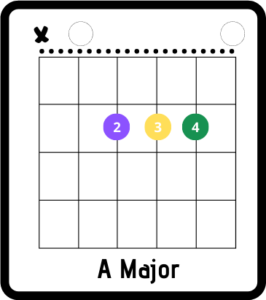
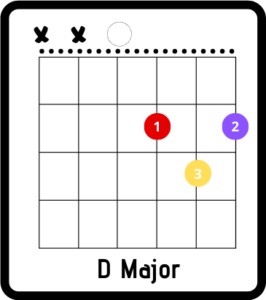
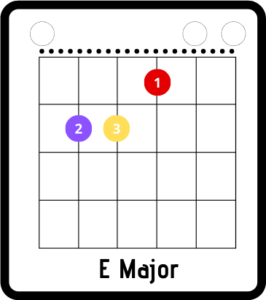
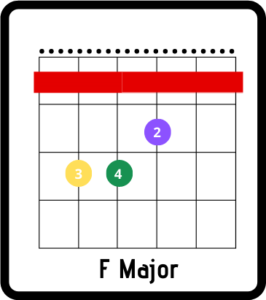
Peggy Sue Chords/Lyrics/Verse
A D A D A
If you knew Peggy Sue, then you’d know why I feel blue
D A D A
without Peggy, my Pe-he-ggy Sue
E D A D A E
Oh, well, I love you gal, yes, I love you Peggy Sue
Peggy Sue Chords/Lyrics/Verse 2
A D A D A
Peggy Sue, Peggy Sue, Oh how my heart yearns for you
D A D A
Oh, Pa-he-ggy, my Pa-he-ggy Sue;
E D A D A E
Oh, well, I love you gal, yes, I love you Peggy Sue.
Peggy Sue Chords/Lyrics/Verse 3
A F A
Peggy Sue, Peggy Sue, pretty, pretty, pretty, pretty, Peggy Sue,
D A D A
Oh, oh Peggy, my Peggy Sue
E D A D A E
Oh, well, I love you gal, and I need you, Peggy Sue.
Peggy Sue Chords/Lyrics/Verse 4
A D A D A
I love you Peggy Sue, with a love so rare and true,
D A D A
Oh-oh, Peggy, My Peggy Sue ue ue, ue ue ue ue ue
E D A D A E
Oh, well, I love you gal, yes, I want you, Peggy Sue.
(solo)
Peggy Sue Chords/Lyrics/Verse 5
A F A
Peggy Sue, Peggy Sue, pretty, pretty, pretty, pretty, Peggy Sue,
D A D A
Oh-oh, my Peggy, my Peggy Sue ue ue
E D A D A E
Oh, well, I love you gal, yes I need you, Peggy Sue.
Peggy Sue Chords/Lyrics/Verse 6
A D A D A
I love you Peggy Sue, with a love so rare and true,
D A D A
Oh, Peggy, My Peggy Sue
E D A D A E
Oh, well, I love you gal, yes, I want you, Peggy Sue.
E D A D A E
Oh, well, I love you gal, and, I want you, Peggy Sue.
Buddy Holly
Charles Hardin “Buddy” Holley (September 7, 1936 – February 3, 1959) was an American singer-songwriter who was a central and pioneering figure of mid-1950s rock and roll. He was born in Lubbock, Texas, to a musical family during the Great Depression, and learned to play guitar and sing alongside his siblings. His style was influenced by gospel music, country music, and rhythm and blues acts, which he performed in Lubbock with his friends from high school.
He made his first appearance on local television in 1952, and the following year he formed the group “Buddy and Bob” with his friend Bob Montgomery. In 1955, after opening for Elvis Presley, he decided to pursue a career in music. He opened for Presley three times that year; his band’s style shifted from country and western to entirely rock and roll. In October that year, when he opened for Bill Haley & His Comets, he was spotted by Nashville scout Eddie Crandall, who helped him get a contract with Decca Records.
Holly’s recording sessions at Decca were produced by Owen Bradley, who had become famous for producing orchestrated country hits for stars like Patsy Cline. Unhappy with Bradley’s musical style and control in the studio, Holly went to producer Norman Petty in Clovis, New Mexico, and recorded a demo of “That’ll Be the Day”, among other songs. Petty became the band’s manager and sent the demo to Brunswick Records, which released it as a single credited to “The Crickets”, which became the name of Holly’s band. In September 1957, as the band toured, “That’ll Be the Day” topped the US and UK singles charts. Its success was followed in October by another major hit, “Peggy Sue”.
The album The “Chirping” Crickets, released in November 1957, reached number five on the UK Albums Chart. Holly made his second appearance on The Ed Sullivan Show in January 1958 and soon after toured Australia and then the UK. In early 1959, he assembled a new band, consisting of future country music star Waylon Jennings (bass), famed session musician Tommy Allsup (guitar), and Carl Bunch (drums), and embarked on a tour of the midwestern U.S. After a show in Clear Lake, Iowa, he chartered an airplane to travel to his next show, in Moorhead, Minnesota. Soon after takeoff, the plane crashed, killing Holly, Ritchie Valens, The Big Bopper, and pilot Roger Peterson in a tragedy later referred to by Don McLean as “The Day the Music Died” in his song “American Pie”.
During his short career, Holly wrote and recorded many songs. He is often regarded as the artist who defined the traditional rock-and-roll lineup of two guitars, bass, and drums. He was a major influence on later popular music artists, including Bob Dylan, The Beatles, The Rolling Stones, Eric Clapton, The Hollies (who named themselves in his honor), Elvis Costello, Marshall Crenshaw (who later played Holly), and Elton John. He was among the first artists inducted into the Rock and Roll Hall of Fame, in 1986. Rolling Stone magazine ranked him number 13 in its list of “100 Greatest Artists”.
Full Source : en.wikipedia.org/wiki/Buddy_Holly
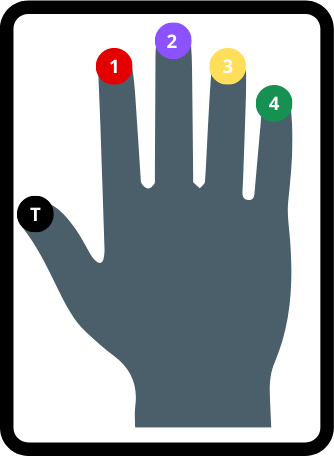
Leave A Response